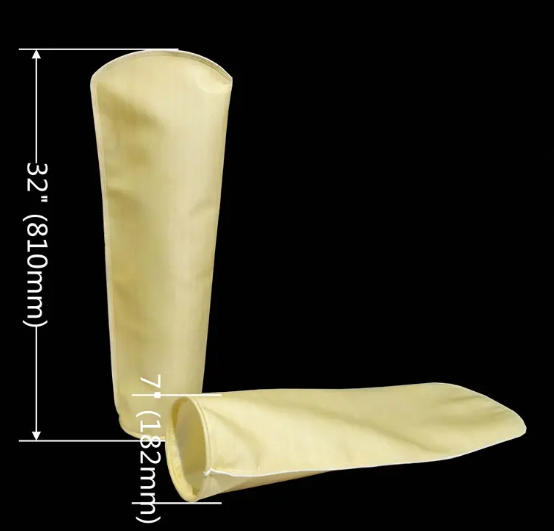Depth filtration works by passing fluid through a thick, multi-layered filter medium that creates a complex, maze-like path for contaminants to be trapped. Instead of capturing particles only on the surface, depth filters hold them throughout the entire filter structure. The fluid can flow across the filter or from the inside out, depending on the design. This method is especially effective for solids that are difficult to filter using surface-type filters.
Depth filters are commonly made from materials such as cellulose, polyester, or polypropylene fibers. They are capable of removing a broad range of contaminants, including dirt, sand, grit, rust, gels, and other suspended solids. Because these filters trap particles within the full depth of the media, they can typically hold two to three times more contaminants than surface filters before needing replacement.
A well-designed depth filter usually consists of multiple fibrous layers. The outer layers are coarser and capture larger particles, while the inner layers are denser and designed to trap finer ones. This layered construction provides a high dirt-holding capacity and prevents premature clogging, making depth filtration an efficient and long-lasting solution for many industrial applications.
Surface Filtration vs. Depth Filtration
The key distinction between surface and depth filtration lies in how particles are retained. Surface filters capture contaminants only on the outer surface of the filter medium. The filtration efficiency is determined by the pore size, and as particles accumulate, they form a “filter cake” that can improve performance by up to 30–40%.
Depth filters, however, capture particles throughout the entire filter matrix rather than just on the surface. They often achieve filtration efficiencies of around 99% from the start and are not dependent on a cake layer to improve performance. This design allows depth filters to handle a larger range of particle sizes and retain a significantly higher volume of contaminants, making them ideal for complex or variable filtration requirements.
Types of Depth Filter Cartridges
String Wound Filter Cartridges
These cartridges are constructed by tightly winding layers of cotton or polypropylene string around a central core. The result is a durable, high-performance filter that offers superior efficiency, lower pressure drop, and a greater dirt-holding capacity compared to conventional filter elements.
Graded Density Filter Bags
Graded Density (GD) filter bags are built with multiple layers of filtration material—each layer having a different density. This gradient structure allows them to capture particles of various sizes throughout the bag, significantly increasing their dirt-holding capacity and lifespan. Available in polyester or polypropylene construction, GD filter bags are especially effective when used as pre-filters in multi-stage filtration systems.
Enhancing Filtration Performance with Precision Filtration
At Precision Filtration, we specialize in providing high-quality filtration solutions tailored to demanding industrial applications. Our depth filtration products are engineered for superior contaminant retention, extended service life, and consistent performance across diverse operating conditions. Whether you need cartridges, filter bags, or customized filtration systems, Precision Filtration delivers reliability and precision for every process.Contact us now!
Post time: Oct-31-2025




